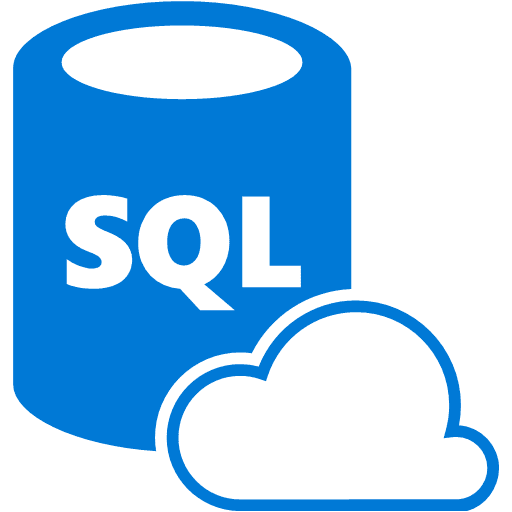SQL Azure Elastic
What is Microsoft SQL?
Microsoft SQL Server has been the de facto standard for databases for decades. Many applications that you use require MS SQL to store their data.
What is Microsoft Azure SQL?
Microsoft Azure SQL runs on the cloud as a PAAS (Platform as a Service). Microsoft looks after it and ensures it works 24×7, so it requires little or no IT support. Your applications and tools see an identical database with a different connection string.
You pay for what you use, and if set up right is very cost-effective compared with running it on-premise or IAAS on-cloud (Explained later)
Can you use Microsoft SQL to Build Power Apps?
All Microsoft Power Suites, including Power APP, Power Automate and Power BI, connect to Microsoft Azure SQL via a premium connector; depending on the use case, you may also wish to consider Microsoft Dataverse or even a Sharepoint List.
How do I cost SQL Azure and SQL Azure Elastic?
Microsoft SQL Azure and SQL Azure Elastic use a pay-per-use model. It’s a ridiculous calculation where you pay a base cost plus storage, compute, plus data up and down.
Typically with Microsoft Azure SQL, you purchase resources per database Instance; this works. But it’s like buying dedicated servers to perform loads; we now use virtual servers to consolidate host server resources.
So why can’t we do this for our SQL Database load?
SQL Resource Consolidation is Azure Elastic Elastic.
We combine all your organisation’s databases into a database pool and then assign an appropriate resource for the whole database pool.
Scaling SQL Azure Elastic
If you need more power, you can scale in seconds, literally a scroll bar; increased total performance means increased costs.
Add MultiSite Disaster Recovery.
You can add DR quickly if you want the database duplicated; it’s even quick to replicate it on a separate data centre for DR.
Backup and Restoring SQL Server Elastic
Backup and restore work out of the box and takes minutes to set up, based on a recovery plan. Hourly, recovery points, weekly, monthly, and annual backup long-term storage and deletion policies. You pay for the Azure storage use.
How is SQL Azure / Elastic costed?
Microsoft SQL Azure and SQL Azure Elastic use a pay-per-use model, the most complicated calculation known to man, where you pay a base cost plus storage, compute, and a data up and down cost. In reality, most customers look around the £120 – £200 a month for standard application loads with backup and without DR.
In addition, Microsoft currently gives you a significant discount if you have a licenced SQL server to migrate.
How much is SQL On-premise, or can I run a Virtual SQL Server in the cloud?
A licence capital purchased for SQL Server 2019 Standard starts at around £6000. It gets much higher if you require DR capability within Enterprise licencing. You still have a requirement and the cost of a dedicated On-Premises or On-Cloud SQL Server using an IAAS model (Infrastructure as a Service), i.e. your Virtual Server running Windows and SQL on Azure. Running SQL Azure Elastic is a far more cost-effective option.
How do I migrate to SQL Azure?
Microsoft Azure SQL uses a PAAS (Platform as a Service) model. So for all purposes, it delivers a SQL Server Service without the IT overhead of running the server underneath it.
After a Database migration, you need to change your application’s config file to point to the new database, and it all works.
SQL Studio Manager connects to your data identically, and you can use the database migration wizards. Standard SQL Scripts and even local Standard ODBC connection strings.



